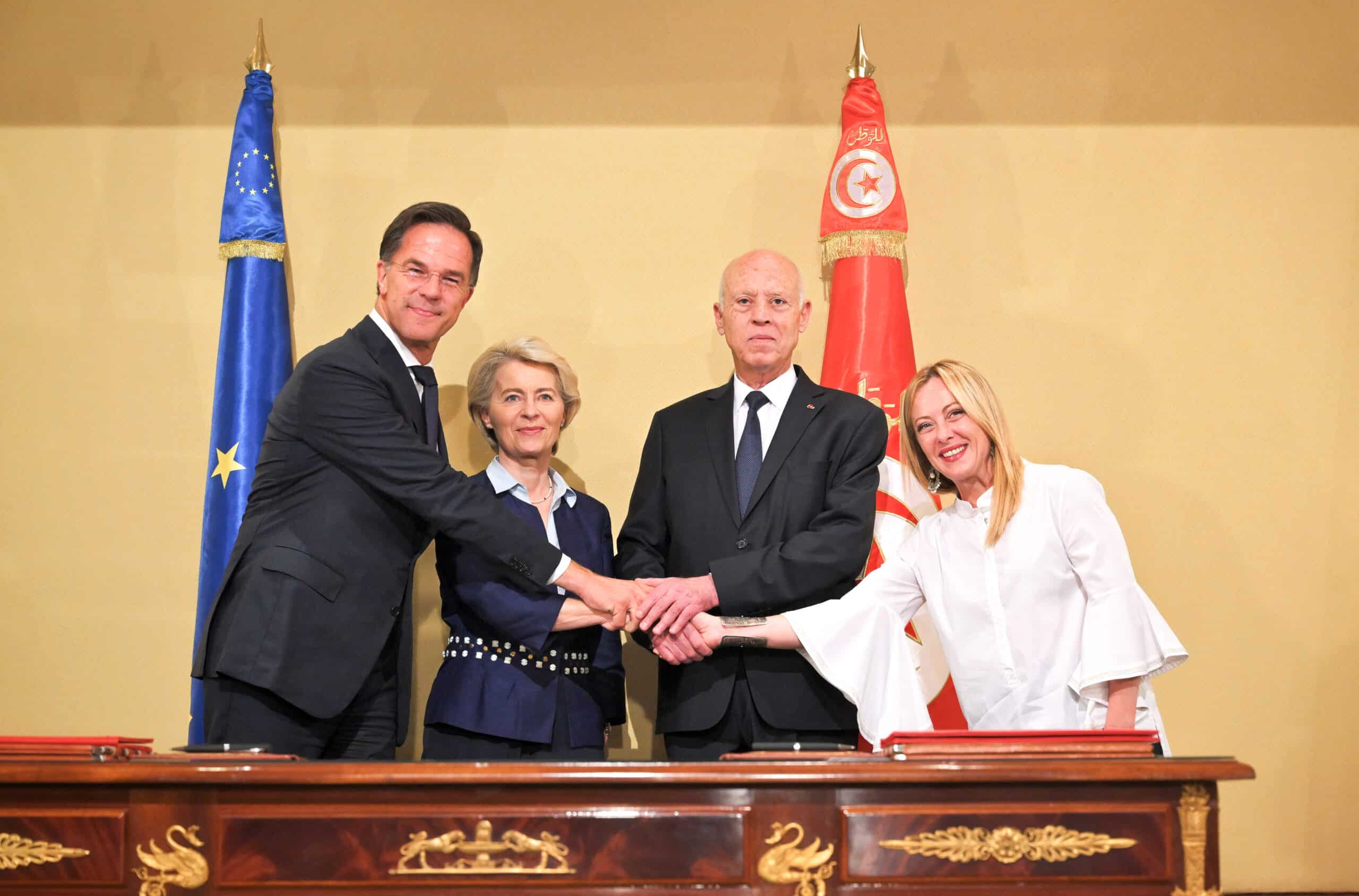Brussels – The easing of monetary policy restrictions depended not so much on data and general economic trends but on specific “other” choices. The interest rate cut made by the ECB in early June is, in essence, political and not technical. The European Central Bank itself, in the meeting minutes of June 6, made available to insiders and onlookers, revealed the reasons for the 25 basis point cut.
What emerges is a Governing Council divided not so much over the decision as over the economy’s performance. Some members, not mentioned explicitly, have raised doubts about the reliability of the information used to guide the choices. The sceptical group of members felt that the data available at the June 6 meeting “did not increase their confidence in the convergence of inflation to 2 per cent target by 2025, but instead showed greater uncertainty in the outlook.” Indeed, these members believed that “risks to the inflation outlook were pointing upwards” rather than downwards.
Geopolitical uncertainties related to ongoing conflicts, unknowns related to households’ propensity to consume, rising wages that may push up inflation, and a labour market under stress: All factors, the meeting report states, that suggested that “the interest rate cut was not entirely in line with the principle of data dependence and that it was appropriate to keep interest rates unchanged” at the June meeting, which decided otherwise.
It was the ECB’s chief economist, Ireland’s Philip Lane, who pushed for a cut in interest rates and an easing of monetary policies. It was a choice that puzzled, but in the end, “a willingness to support Lane’s proposal was expressed, despite the reservations made,” the minutes acknowledge. The ECB’s decision, in essence, was a political one. For this reason, too, new cuts could be frozen in the coming months. The Governing Council will meet again on July 18 and have the last say.
English version by the Translation Service of Withub![Una riunione del consiglio direttivo della Bce [foto: European Central Bank]](https://www.eunews.it/wp-content/uploads/2024/07/board-meeting-750x375.png)
![La presidente della Bce, Christine Lagarde, all'inizio della conferenza stampa che segue la decisione del Consiglio direttivo di tagliare i tassi di 25 punti base [Francoforte, 6 giugno 2024]](https://www.eunews.it/wp-content/uploads/2024/06/lagarde-240606-350x250.jpeg)



![Una donna controlla le informazioni sul cibo specificate sulla confezione [foto: archivio]](https://www.eunews.it/wp-content/uploads/2014/12/Etichette-alimentari.jpg)

